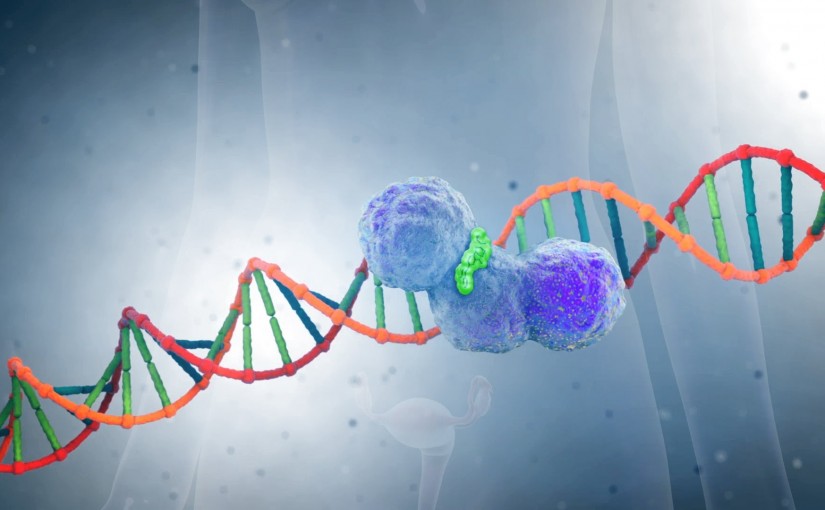Tesaro has opened an expanded access program (EAP) in the United States for their investigational poly ADP ribose polymerase (PARP) inhibitor, niraparib.
Now, niraparib is can be available, to treat a patient who meet certain criteria, with a serious disease or condition who cannot participate in a controlled clinical trial.
The EAP is available for eligible women with recurrent epithelial ovarian, fallopian tube, or primary peritoneal cancer following a complete or partial response to platinum-based chemotherapy.
Patients who are interested in enrolling in the niraparib EAP should speak with their physician first, to understand if niraparib is an appropriate option for them.
About Niraparib
Niraparib is an oral, once-daily PARP inhibitor that is currently being evaluated in 3 pivotal trials. These Include:
– Phase 3 trial in patients who have received first-line treatment for ovarian cancer.
– Phase 3 trial for the treatment of patients with germline BRCA-mutated, metastatic breast cancer.
– Registrational Phase 2 trial in patients who have received multiple lines of treatment for ovarian cancer.
– The FDA also accepted Tesaro’s NDA submission for priority review which was based off a Phase 3 trial that met its primary endpoint.
Ovarian Cancer
Ovarian cancer is a disease in which cancerous cells are found in the ovaries. It is a rare cancer that is often difficult to detect in its early stages. By the time symptoms appear, it is often in the later stages where the tumor as metastasized.
Common symptoms seen in later stages include:
– Pain areas: in the abdomen or pelvis
– Gastrointestinal: bloating, change in bowel habits, indigestion, or nausea
– Abdominal: abdominal fullness, fluid in the abdomen, or lump in the abdomen
– Whole body: cancer-related fatigue or loss of appetite
– Also common: weight loss
To read articles like and more, please login to The Clearity Portal by clicking here.


